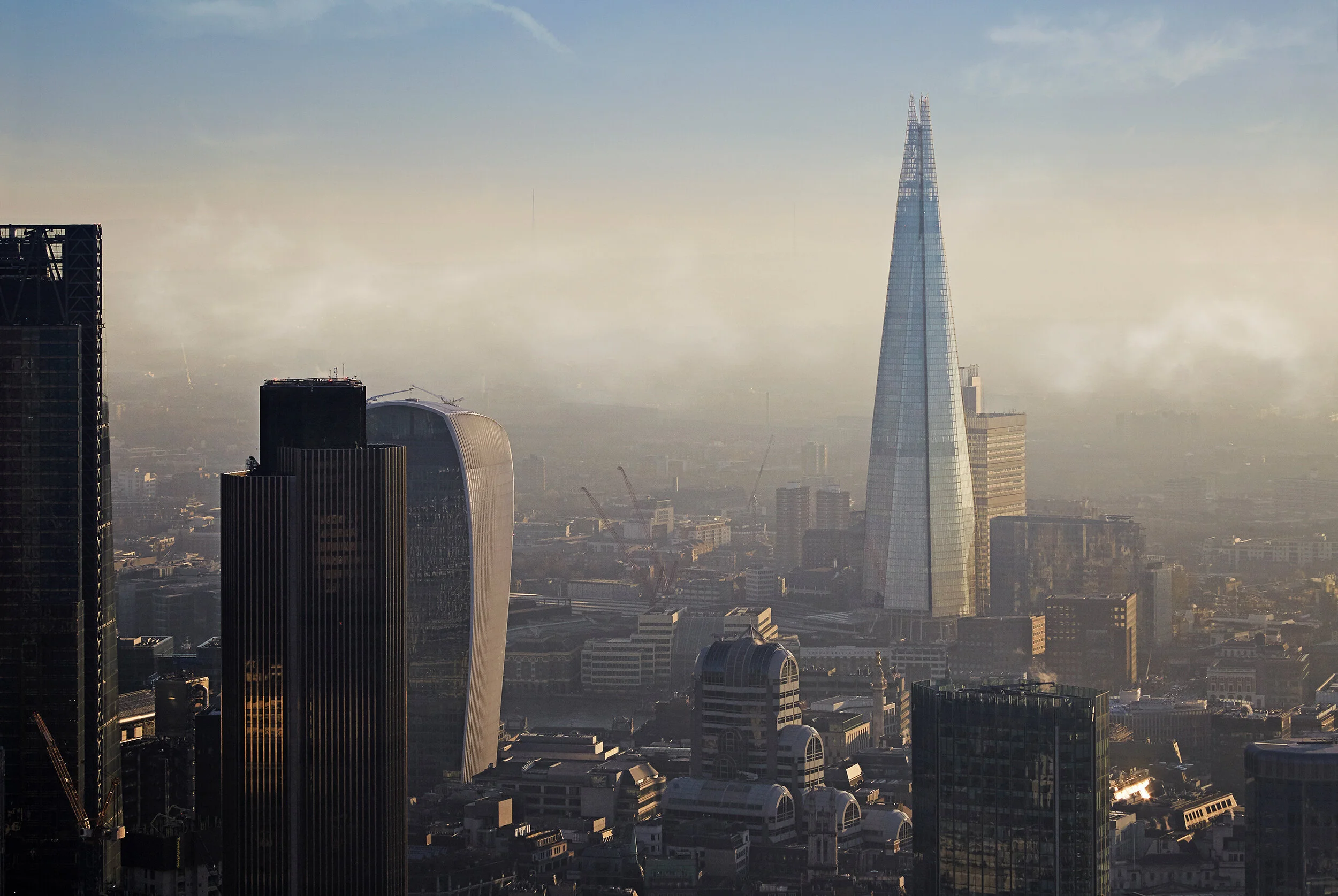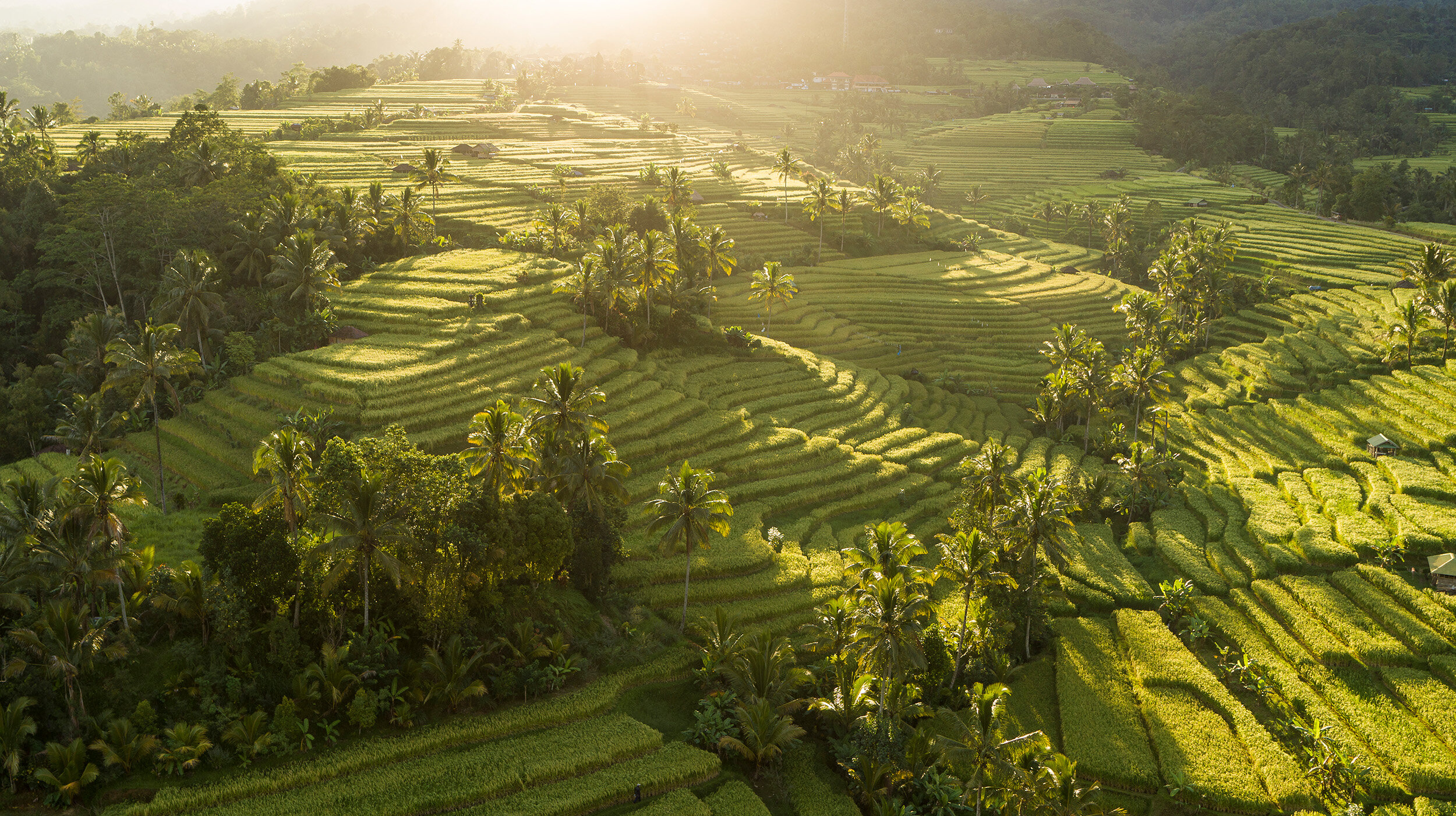Aerial Photography
Aerial photography dates back to 1858 when Nadar took the first successful aerial photograph from a hot air balloon over Paris. This photo has been lost but James Wallace Black’s 1860 aerial photograph taken from a balloon tethered 2000 feet above Boston survives.
It shows the streets of the city laid out toy-like below indicating that 2000 feet is high enough to document the street map but also low enough to give a sense of the three dimensional scale of individual buildings.
Photographers were hooked and the enthusiasm prompted a flurry of imaginative innovations. George Lawrence perfected a method pf strapping large-format cameras to kites using which he captured the aftermath of the 1906 San Francisco earthquake.
Perhaps even more ingeniously in 1909 Julius Neubronner successfully strapped cameras to his carrier pigeons. Then in the 1910s and 20s fixed wing aircraft allowed the aerial photographer to once again look through the camera at their subject.
Eventually helicopters and drones would allow much greater control over the positioning of the camera. But what these types of aerial photography showed us is that the positioning of the camera was everything as was the technical skill of the aerial photographer especially as they tackled high winds on unstable platforms.
Today its easy to assume that everything has been photographed by satellite, air travel is an everyday chore and drones are ubiquitous. And there is a tendency to imagine that the technology alone determines the art form but this is not true. While access to vantage points has changed what to do photographically when you get there remains as difficult as ever.
Aerial photographs have to be elaborately preconceived and pre-planned. Get to the right location without the right lens and the shot becomes impossible. Get to the right location when a cloud passes in front of the sun and everything below you changes in an instant.
My work as an aerial photographer is based on a methodical study of all aspects of the craft but with the same technical comprehension of photography I bring to shoots on the ground.
I photograph using both helicopters and drones depending upon the specific commission because they satisfy entirely separate requirements.
Aerial photography with drones and helicopter photography are both very heavily regulated and those regulations vary internationally. But in general terms drone airspace sits below helicopter airspace. So the visual characteristics of aerial photographs taken from a drone are different to those from a helicopter because they are taken from different heights. They are fundamentally different types of aerial photography.
In the UK and USA for instance, without specific CAA or FAA permission, drone photography has to remain below 400 feet. Helicopters, unless on a flight path to land, are kept above 500 feet but can travel not only very much higher but much greater distances around the subject.
The limited length of drone batteries means that the shoot is broken down into multiple segments often allowing for changes of ground location since the drone has to remain within sight at all times. Helicopters however can buzz great distances around the subject exceptionally fast and remain airborne for hours.
On the other hand drones can operate very precisely very close to the ground and since they can fly inside buildings as well as outside them they provide a completely different range of visual options.
The primarily drone I currently use for my drone photography is a DJI Inspire 2 with a Zenmuse X7 camera which is kind of kit commonly used for Hollywood movies. Smaller drones allow me to explore smaller internal spaces.
I have also developed good relationships with helicopter pilots around the world.
Aerial Photography London -
London presents specific logistical issues which I am experienced with dealing with. While there is one London helicopter landing pad at Battersea helicopters are actually hired from airfields outside the city and fly in to film. As helicopters are hired on an hourly rate the flight time to the location needs to be factored in as a shoot expense. And, as central to the photographer’s craft today as it must have felt to Nadar in 1858, is an acute appreciation of the vaguries of the weather.























